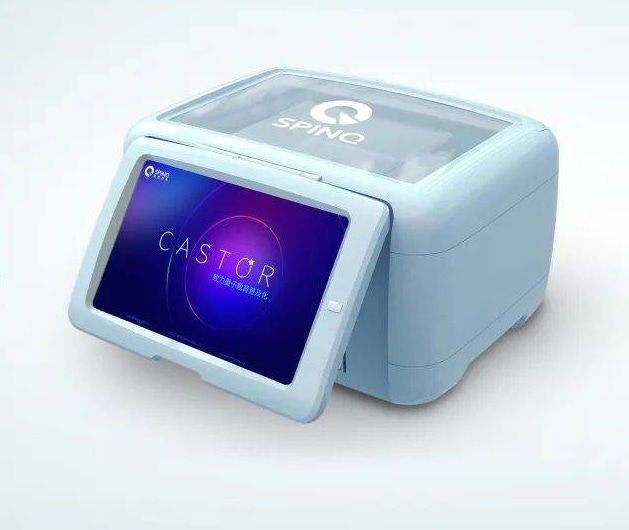
Connects decision-makers and solutions creators to what's next in quantum computing
SpinQ introduces three models with up to three superconducting qubits
January 4, 2023

Chinese company SpinQ Technology has launched a trio of portable quantum computers geared toward educational users. The models only offer two- and three-qubit processors aimed at individuals wishing to learn to program and run quantum circuits.
The three models – Gemini, Gemini Mini and Triangulum – are the first made available to the retail market. They are much smaller and lower-powered than current quantum computers, making them only capable of handling rudimentary qubit technology.
Instead of superconducting qubits, these portable models rely on nuclear magnetic resonance to power qubit operations. This technology does not take advantage of quantum entanglement properties, meaning it cannot operate as fast as transistor-based processors.
The Gemini Mini is the newest and most affordable quantum computer offered by SpinQ. It is a two-qubit quantum computer that weighs 14 kilograms, requires only 60 watts to operate and costs approximately $8,000. It is also the only model with an integrated display touch screen, making it easy to employ any of the 18 built-in algorithms to set up a problem.
The Gemini is slightly larger, resembles a PC tower and weighs 44 kilograms more. Although more technologically advanced, it still only offers two qubits and is designed to handle basic scientific research. However, each qubit is capable of approximately 200 operations, as opposed to roughly 30 for the Mini. It costs the equivalent of $41,000.
The most expensive model is the Triangulum, a 40 kilgrams desktop quantum computer with a three-qubit processor. This model offers over twice as much coherence time (40 milliseconds) compared with the Gemini models. The Triangulum model requires 330 watts of power and costs approximately $58,000.
The three SpinQ models lack the processing power to handle complex error mitigation activities. Moreover, they’re priced beyond the reach of most individuals. However, the company aims to provide the educational market with devices that can introduce users to quantum circuit programming.
About the Author(s)
You May Also Like






